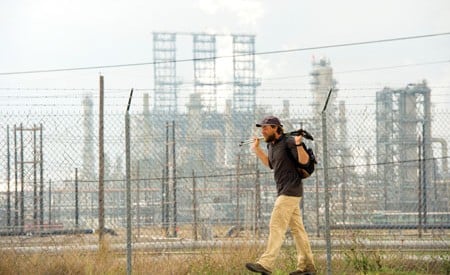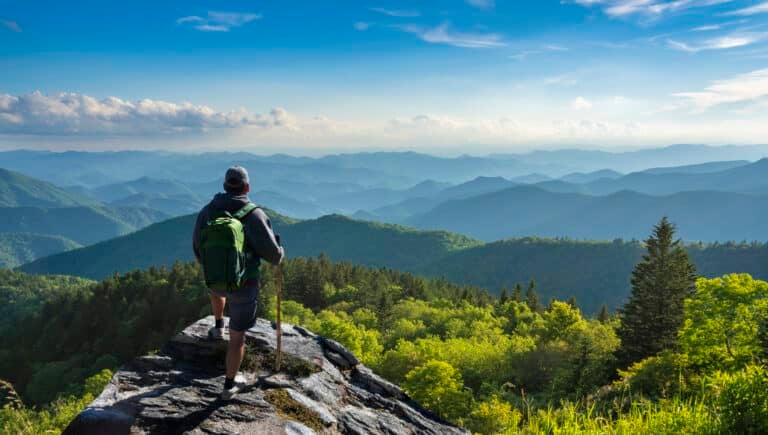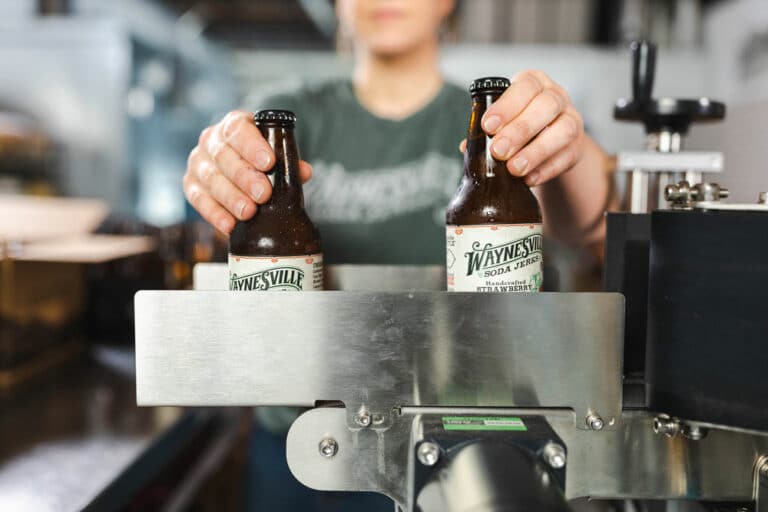Ken Ilgunas hikes past refineries along the 1,700-mile proposed route. Photo: Woody Welch
Though he makes his home in North Carolina, Ken Ilgunas has lived in Alaska, New York, Ontario, and in a van parked in a Duke University campus parking lot. For his most recent adventure, he thru-hiked the 1,700-mile route of the proposed Keystone XL pipeline from the Tar Sands oil fields of Alberta to the Gulf of Mexico over 146 days. We caught up with Ilgunas just after his completed trek and just before he set off for Washington, D.C. for a rally against the pipeline.
How did you come up with this idea to hike the Keystone XL Pipeline route?
It actually was a friend’s idea. In the fall of 2011 we were living in probably the most miserable place on earth: Deadhorse, Alaska, which is up near the oil fields of Prudhoe Bay. Surrounding the town was an unblemished, pristine landscape. We started talking about the Keystone itself and what that might mean for the landscape in the lower 48. He suggested that we hike the Keystone XL. When you’re a dishwasher and working these miserable jobs you just begin to dream big; you’re just so pointless, you want have some sort of purpose.
Once you got on trail, what was the hardest part of the trek?
I would say fear, for sure. I had plenty of hiking experience, but this was just a really unconventional, never-done-before hike. I didn’t have a guidebook. I didn’t have campsites to sleep at every night. I was basically trespassing across the continent and going across private property for a great portion of the trip. There was so much I didn’t know and there’s a lot of fear that comes into play when there are so many unknowns. I was constantly worried about getting shot by a property owner. But those fears eventually dwindled when I realized that they were largely unfounded. People are good. Coming from a suburban community in western New York where I grew up, I didn’t know anything about cattle. I’d seen the running of the bulls and bullfighters getting gored and stuff like that. The prospect of walking through herds everyday was terrifying. Ranchers laugh at me when I talk about this terror, but it was very real.
Did you have any run-ins with landowners?
No, I think most people are okay with it. When you think of Americans and their private property, you get the impression they are going to be very protective of it and they won’t have any of people walking on their land. But once we talked and they realized what I was doing, it’s almost like they become part of the journey.
What was the reaction on the local level about the pipeline?
It varied by region. Climate change is not something that most people out in the Heartland worry about. That’s the big issue with the Keystone XL. Yeah, it’s a private property issue and yeah, it might contaminate ground water, but I think most environmentalists are concerned because of the sheer amount of greenhouse gases that the Tar Sands pipeline will result in. There is certainly resistance in certain pockets of the country, but it wasn’t until Nebraska that I saw more widespread resistance to the XL.
What was the most memorable part of the hike?
There were a lot of moments bordering on ecstasy when I was walking across this largely wild landscape. When I crossed the Alberta prairie or the hills in Montana or the canyons in South Dakota and saw ahead of me no buildings, no roads as far as the eye can see, it feels like I was seeing what Lewis and Clark might have seen. In those moments there would just be this wild joy that would swell in my chest and I was just overcome with the beauty of the land.
How did your perspective evolve over the course of the trip?
The more I learned, the more I was convinced this was a terrible idea. I was constantly told this was going to bring a whole bunch of jobs, and it was going to bring energy security and national security, but it’s not going to do any of those things. While I rarely shared the same political opinions as the people I met, it seemed that on the things that matter most, we agreed perfectly. I received so much support from people red and blue, Republican, Democrat, for the pipeline, against the pipeline. So often I was offered food, or a floor to sleep on, or a ride. You could say I became far less cynical after this hike. To walk the way I did is to fall in love with humankind and to be proud of being North American.
Do you think you accomplished what you set out to do?
I don’t even really know what I set out to do except to go on a journey, and give the journey a chance to transform my character in whatever way it would. Going from one end of the country to the other, I completed my goal in that sense, and I guess I’m happy with how it’s changed me as well.
Walden on Wheels
Following three nomadic years working to pay down student loans, Ken Ilgunas went to grad school at Duke University in North Carolina. Not so prestigious were his living quarters: a van in an on-campus parking lot. For the next two years, he lived a frugal life in his confined space with the aim of accumulating no more debt. Facing the challenges of living in a van, in secret, head on, Ilgunas challenged himself to make it work. He turned his experience into a book, Walden on Wheels: On the Open Road from Debt to Freedom, a funny and poignant take on debt in America, education, and making the most out of life. Available May 14, 2013 from Houghton Mifflin Harcourt Publishing.
What do you think? Comment below or on our Keystone XL Pipeline debate page!








